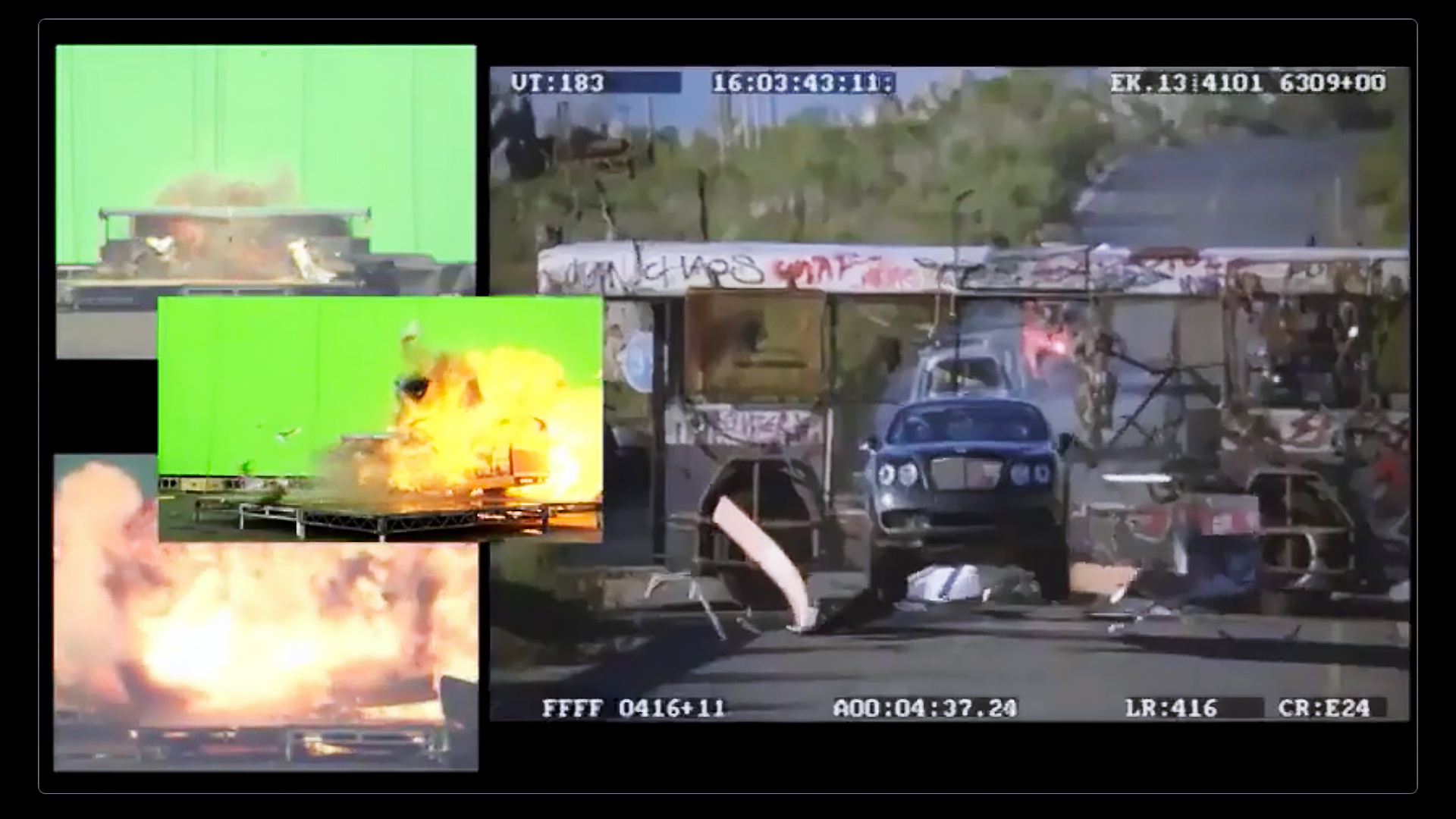
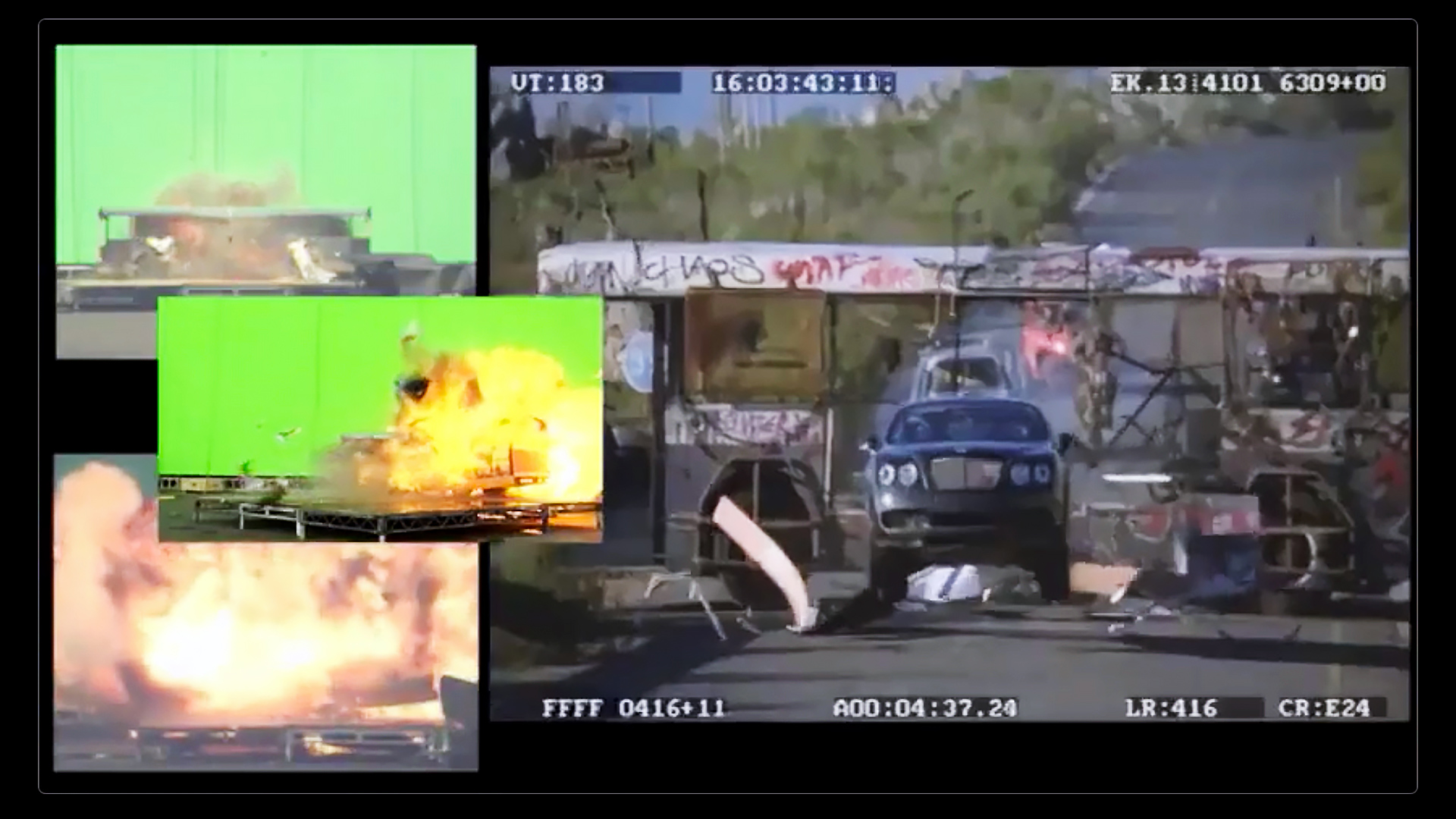
Practical effects are back in a big way, and audiences are really appreciating it. From real explosions, to Tom Cruise actually flying that helicopter, you can't beat reality for the most engaging action sequences. Phil Rhodes took a visit to top visual effects house Artem, and picked up some great advice for people on low budgets, too.
Much as we spend lots of time talking about the tiny details of camera tech, the place to start constructing a compelling image is in front of the lens and hopefully this can become at least a semi-regular series on making better pictures by taking pictures of better things.
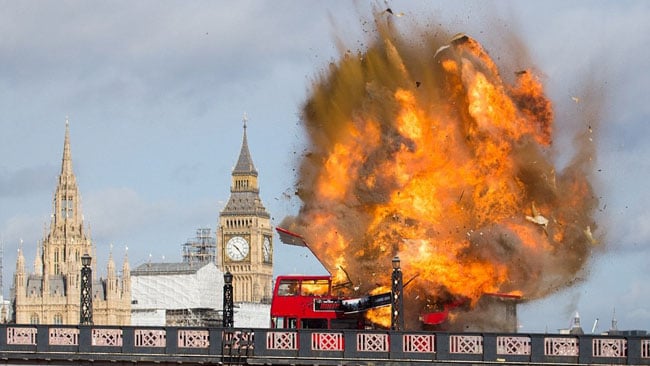
Blowing up a bus on Lambeth Bridge in the centre of London for The Foreigner
In some ways, it might seem that the minutiae of resolution and dynamic range pale into insignificance when we have a giant explosion to shoot. Actually, they don't, because explosions, especially at night, are dazzlingly bright even to the naked eye and can involve a tricky compromise of exposure. But still, put a huge fireball in the frame and we've satisfied what has to be the most basic rule of camerawork: point the camera at something worth photographing and ideally not a green screen. In this post-CGI work and notwithstanding the excellent collaboration of CGI and practical effects in films such as Mad Max, it's now abundantly clear that the audience likes things to be real.
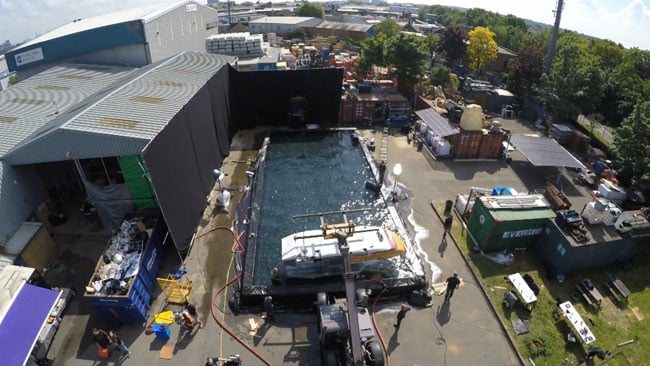
Shooting elements for CG integration at Artem's London HQ
Paul Gorrie, a special effects expert at Artem, whose credits range from Power Rangers to the Matrix series, agrees. “As a cinema-goer, it's important for me to know that what's on the screen was actually filmed. Professionally, we do have a relationship with visual effects and there's a melding. Sometimes there's the thing we can offer VFX that they can't do – that's that interaction, fireballs, elements wrapping around.” Artem, as a company, is well-known for its work in pyrotechnics, with the bus explosion which heads this very article, a particularly well-known example (or at least well-known to anyone who has seen The Foreigner or was within earshot of Lambeth Bridge in London on 7 February 2016).
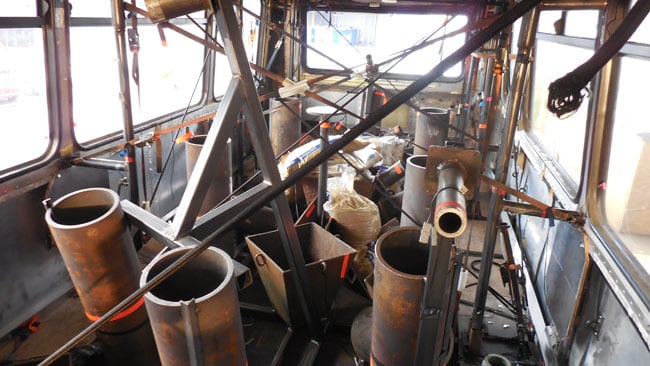
Preparing the bus for the explosion
It's easy for filmmakers not working with budgets sufficient to attract Jackie Chan and Pierce Brosnan to assume that even quite simple effects are way out of reach, but Gorrie speaks fondly of more modest productions. “Personally, I get a lot of satisfaction working on smaller films where money is a little more of a consideration. I like helping those guys spend their money wisely – Four Lions and things like that – where these are not super-huge-budget films but the effects are written in and they have a context and they are there for a purpose.”
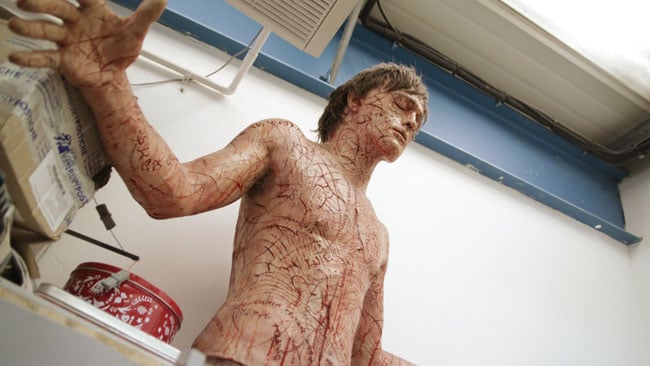
Grisly
The combination of YouTube and incredibly effective, incredibly available pocket video cameras has created an audience that is savvy to some of the things that, historically, film and TV have got badly wrong. For a start, explosions in real wars don't tend to look like huge fireballs, unless the thing which has just been blown up happens to be full of flammable fluids. That, in turn, may have made certain things easier or at least different.
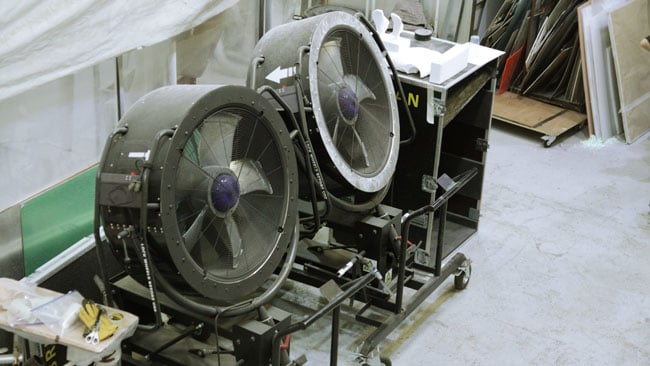
I'll huff and I'll puff
“In real life, taking away the capital-H Hollywood, these events are traumatic and disruptive and very, very fast,” Gorrie says. “You can make these things spectacular but sometimes in the context of a story these things come out of left field; they're sudden and catastrophic. There's nothing wrong with having fireballs and explosions that go forever because we all like to be entertained, but other things sometimes can have more effect story-wise if you just show the aftermath, with dust, things rolling and tumbling along a street. You don't need to see an explosion, sometimes, if you can throw glass, debris and stuff over a camera.”
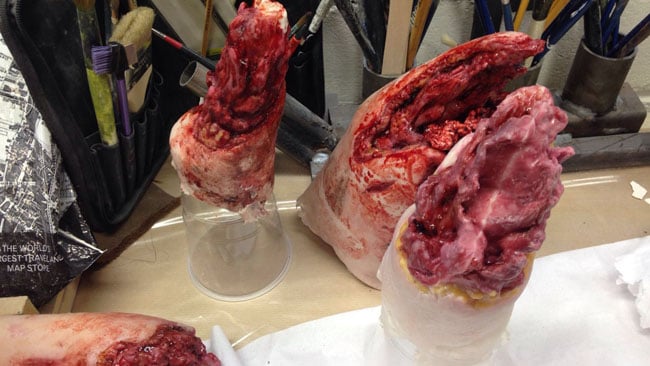
Grislier. These will be made part of an explosion
“This is why people come to companies like us, so we can sit down with storytellers, we can help them tell their story visually. I think that's really important because people think that you have a lot of fun running around blowing stuff up and (Ed.: simulating) killing people. And we do! But underpinning it all is a story and a narrative that people are investing a lot of time and money in.” That sort of advice extends not only to the sort of effect involved but camera and lighting too. Even effects as comparatively simple as rainfall look a lot better with a simple backlight and the bus explosion involved dozens of tests so that the camera operators knew exactly how big the flames would end up and could frame appropriately.
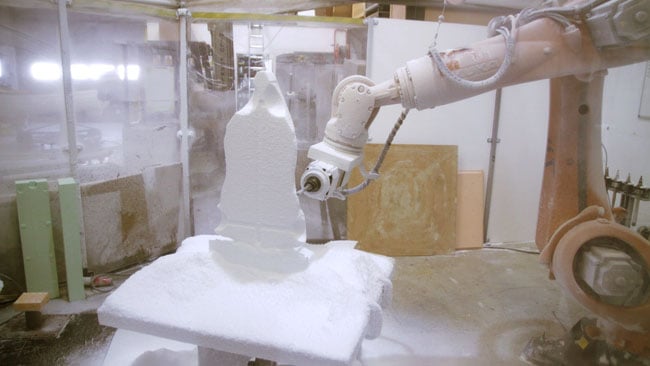
Robot foam carving underway
Spectacular as all this is, and despite an outstanding reputation for pyrotechnics, a fair share of the company's work involves less immediately noticeable things. At first glance, wind, smoke (mist, atmos, etc) and rain might seem more prosaic, even not a real special effect, but Artem's equipment storage area is stacked quite literally to the ceiling with equipment for chiefly doing exactly those things on various scales. Wind machines are particularly prominent, ranging from zephyr to tornado, and a water pump on the scale of those deployed by particularly ambitious firefighters seems ready to bring the rain to an entire postal code.
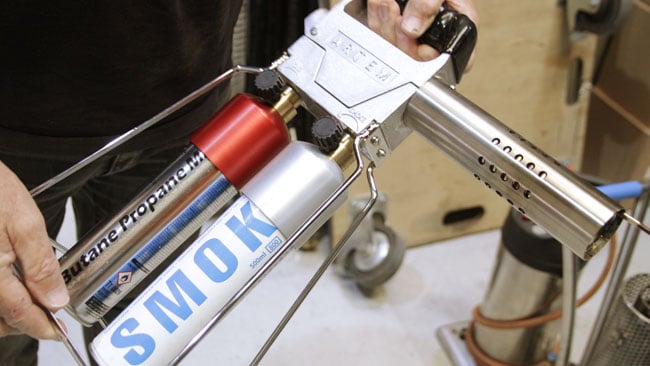
Smoke is seen as a relatively straightforward option, but Artem sell these worldwide
Artem mainly serves the UK and Europe, and as such is currently busy with the tidal wave of high-end productions attracted to London by tax incentives and the parlous state of the pound. Other special effects companies are, of course, available worldwide. The best part of this, though, is that even the lowest-end, most YouTube-bound filmmaker can get involved, because some of the techniques we've discussed here, rain and smoke (not explosions), can be worked into even the lowest-budget weekend project. For his part, Gorrie is keen to engage up-and-coming talent, emphasising that well-organised productions at all levels should not assume in-camera physical effects are out of reach. Perhaps not on the level of a huge vehicle explosion in the middle of one of the world's best-known cities, but something to give the audience that longed-for touch of something that actually existed before a real-world camera.
Tags: Production


Comments